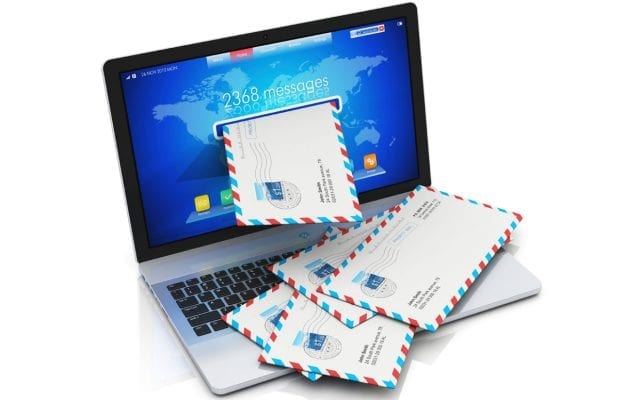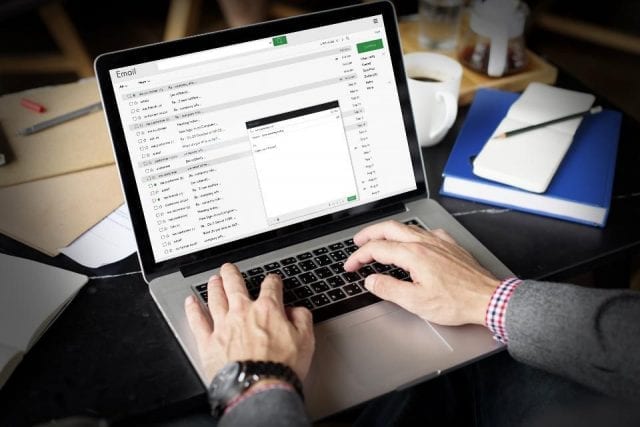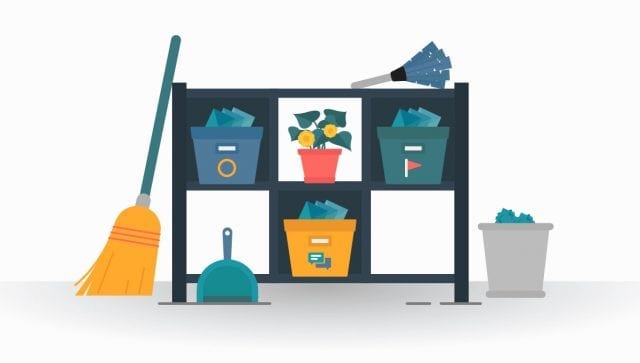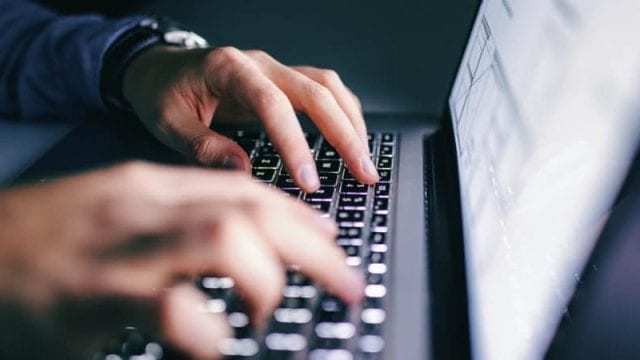
It’s Monday morning. Sitting at your desk, a familiar feeling of nervousness runs through your body. It’s not the day ahead of you, but your e-mail inbox.
You probably receive at least 50 emails every day. Reading and responding to all your inbox messages takes a lot of time. Much of your daily work comes down to just this daily activity. As a result, you are obviously lagging behind with projects, and your work week is extended.
If used properly, email is an incredibly useful communication tool. But, when overloaded with tons of emails you receive, you feel the responsibility to respond to them. However, there are ways to manage your inbox to keep your productivity higher.
Checking E-mails

If you check your inbox several times a day, it will be much easier to manage later. However, the constant intrusions and interferences that result from performing multitasking can significantly reduce productivity. It will reduce the possibility of working smoothly during activities on important projects. Therefore, the advice you should follow is:
Check emails at specific times and clean your inbox

One of the strategies you can use is checking your email in precisely defined terms throughout the day. For example, you can check emails exclusively on arrival, just before lunch and at the end of the day. In this case, software for downloading messages at specific times would be very helpful. That way you won’t be interrupted by upcoming messages. It is highly recommended that you clean email from all unnecessary messages that may be received during the day. Things such as unwanted newsletters, spams or promotional emails can overload your inbox and make a confusing situation. Fortunately, you can find apps and features that can help you get rid of unwanted content.
Reading E-mails
When it comes to reading emails, you can spend hours not using this time appropriately.
A two-minute rule
First of all, try using the “two-minute rule”. a concept proposed by David Allen, author of Getting Things Done. If the email requires less than two minutes to process, take care of it immediately, even if it is not at the top of your priorities. The idea behind this concept is very practical. If it takes less than two minutes to respond, then reading and storing activities “for later” will take longer than finishing immediately.
Schedule

For emails that take more than two minutes, create a schedule in your calendar or add them to your to-do-list. A large number of email programs allow you to select or mark messages that need to be answered. Use this useful feature whenever you can.
Organize Your Inbox
Can you imagine an inbox that is blank? Sounds too good to be true! Although a completely empty inbox is unrealistic for most of us, keeping a clean inbox can help us organize and reduce stress.
E-mail disposal system
Start by setting up a simple snooze system to help you manage your mails. You can use general email categories to help you. If you can stay on top of your folders, specifically the action or pending folders, you can use them as an informal “To-Do” list.
If the categories listed are too simple for your needs, you can set up a more detailed system. For example, you can create a folder for each project you’re currently working on. Specific folders for email processing are making easier to search for earlier messages. Instead of searching the entire system, you can do a simple search of a specific folder.
Good Team Habits
The best thing you can do is to limit the number of emails you need to read and respond to. Whatmore, encourage your team to send you less and shorter emails. For example, if certain team members send long emails regularly, make a note. Tell them in a gentle but clear way that you would be grateful for emails no longer than a paragraph. Anything longer should justify a phone call or a visit to your office. Promote good communication habits within your organization. Try to help colleagues learn to save time for themselves and you.








